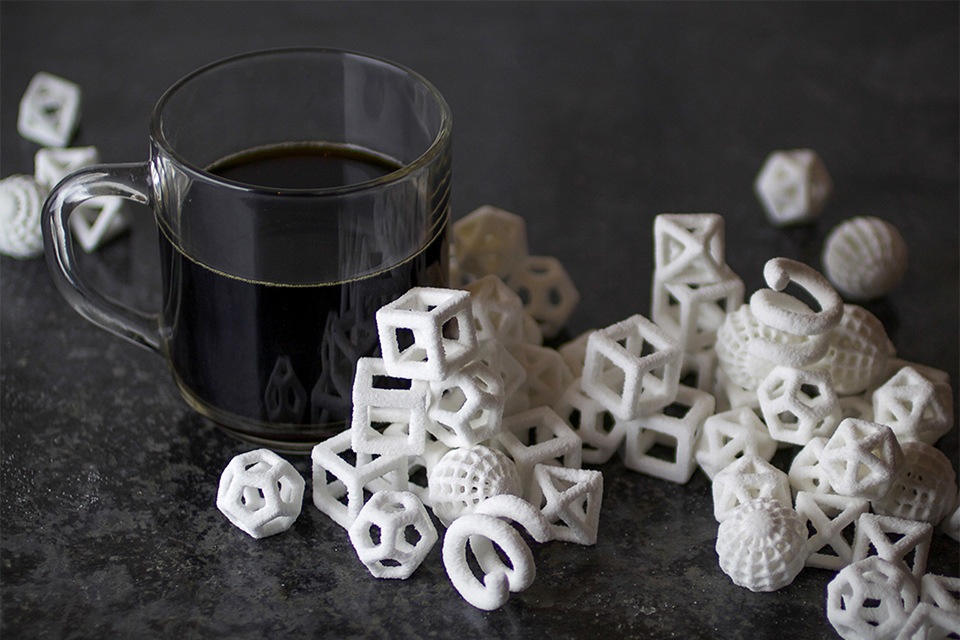While it could easily be argued that food is among the most fascinating and media relevant 3D printing applications, it seems to me that it is also the one that is farther behind in exploring its realistic, commercial possibilities. That’s because we have not even found an accurate definition of what a 3D food printer actually is, let alone developed software to actually print ready-to-eat dishes.
To help us better understand these concepts, Michael Petch and Aaron Council have published a new book focused specifically on 3D food printing and currently available – for a limited time – as a free download for Kindle from Amazon.com. It’s titled “Future Food: How Cutting Edge Technology Will Change the Way You Eat“.
The book explores all of the main current technologies, focusing specifically on the two that have boasted ambitions to reach the consumer market in a relatively short time (before the end of the current year): 3D Systems’ ChefJet and Natural Machines’ Foodini. Through interviews with the people directly involved with these projects, Michael and Aaron analyze how these radically different approaches seek to reach the consumer market.
On the one hand, there is 3D Systems’ big budget project for a full-color capable 3D printer able to create highly intricate designs through a binder-jetting-like process (and a machine projected to cost as much as $5,000). On the other, there is Natural Machines’ $1,300 Foodini, which seeks to use real, natural ingredients to create food for everyday consumption.
This is just the premise, as the book goes on to explore the more far-reaching approaches, including TNO’s Barilla partnership for the development of an efficient pasta printer and, perhaps even more importantly, Modern Meadow’s mission of “growing meat cells outside the animal”, in order to stop the cruel and unsustainable practice of intensive animal farming.
These and more approaches to 3D food printing are analyzed and their possible consequences outlined in a series of chapters that focus specifically on how 3D food printing will affect global sustainability, agriculture, farming and, especially, our own future food habits. 3D food printing may still be lagging behind, in terms of technology, but it is definitely happening, and 2015 may be the year that the revolution actually begins.






